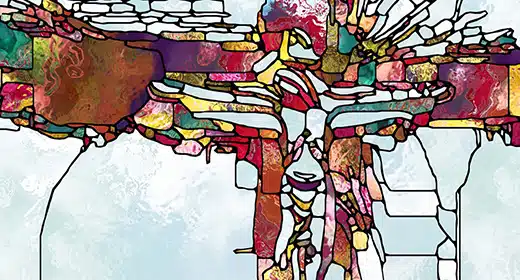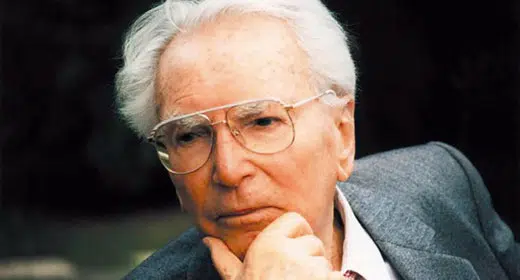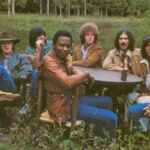By Margot Anand: Dear Friends, This is the account of my travel adventures across Asia between December 13th, 2002 and January 21st, 2003. It is my pleasure to share with you what I saw and felt along the way.  I hope you will find the pictures and text interesting. Enjoy!
I hope you will find the pictures and text interesting. Enjoy!
Friday December 13th, 2002, by many accounts, would be considered a “bad luck day”. Fridays the 13th, in my book, are “great luck days.” So I left from San Francisco to Bangkok to Siem Riep, Cambodia on that day. Smooth journey. Some 30 hours in planes. Flying high in the skies is the best of SkyDancing. A meditation in the zone beyond gravity. A spaciousness in which no one disturbs me and I can satisfy my avid yearning for reading and reading, and more reading. And even allow myself the sinful indulgence of two gin-and-tonics in 30 hours. In heaven, you can drink, but you don’t get drunk!
In Siem Reap, at the airport. I found an attentive, jolly driver, Mr. “Pros”. No sooner did I land my luggage at the Hotel Bopha Angkor, which I was off again. Mr. Pros discharged me from the cab at the foot of a steep hill covered with big boulders and old ruins, and I had to climb hard and “earn my first view” of Angkor Wat. There, at the top, amidst the stone ruins, one gazed at the whole expanse of the valley below, all around, a lake ahead, jungle to the left, and, imposing and glorious, the temple of Angkor Wat in the distance. My first view of what was ahead. Joy filled my heart, a sense of reverence, of gratitude, to have made it this far. As the blood red disk of the sun disappeared on the horizon, flames of red and purple were released over the land, tainting the stones in pink and the shadows in dark purple. One thousand years ago, people lived, worked, fished, and built here, all around. What about Cambodia? Who is Cambodia? A country, to me, is like a person. Cambodia is a raped woman. Raped, plundered used, and revered, she endures with infinite compassion and an ever-present smile. The smile on the face of the people. You can never tell about that smile. Is it real? Or for the tourists? Probably both.
For centuries, Cambodia, the Khmer empire, was a great nation, the Khmer Nation expanding all over Southeast Asia. It was under the reign of King Jayavarman II between 802 and 850, that Cambodia achieved stability and wealth. This king was the first in the line of god-kings of Cambodia, who combined “divine rule” and temporal status. He founded the Angkor dynasty. Each succeeding Angkor king established his divine status by erecting a temple mountain of stone that reached to the heavens like the spires of medieval European cathedrals. The Angkor dynasty lasted until the 13th century. It thrived in the plains of Angkor, the region of the great lake, an area sustaining a large population.
The Khmer art is influenced by Hindu cosmology, the worship of Shiva who gives birth and destroys, of Vishnu, who preserves and maintains and, later, of Buddha, who transcends and abides (endures). Shiva presides over the Shiva Lingams present everywhere in the temples. It is interesting to note that, once again, the men compete with the biggest and highest phallic symbols, which the tapered, conical, towers–the shrines–in these temples seem to represent. These pyramidal temples are a holy mountain, like sacred Mount Meru, at whose summit is enshrined the Lingam of Shiva, representing the King’s divine potency. And, “up there” was a room where only the king went to commune with the spirit of Shiva. There the king was buried, and in death united with Shiva. In this Brahman view of god, the temple represented the divinity of the king and the center of the material world, the source of all life giving riches. The king and his court formed a sacred caste, removed from the ordinary people, but seen by them as the ultimate and magical provider and bestower of all good things.
That, of course, was the perfect way for the kings to indulge in their so-called divine megalomania and employ more than 10,000 of their subjects at any given time, to serve at the temple palace, and to build, during their whole life, more and more temples. Temple madness abounded. And we, today, benefit from these amazing sights of superhuman grandeur.
As I was visiting the temples, I read a very good account of Cambodian history: Cambodia by Henry Kamm, Pulitzer Prize-Winning New York Times Southeast Asia correspondent. I will give certain excerpts here to clarify our understanding of Cambodian History, as we go along.








































